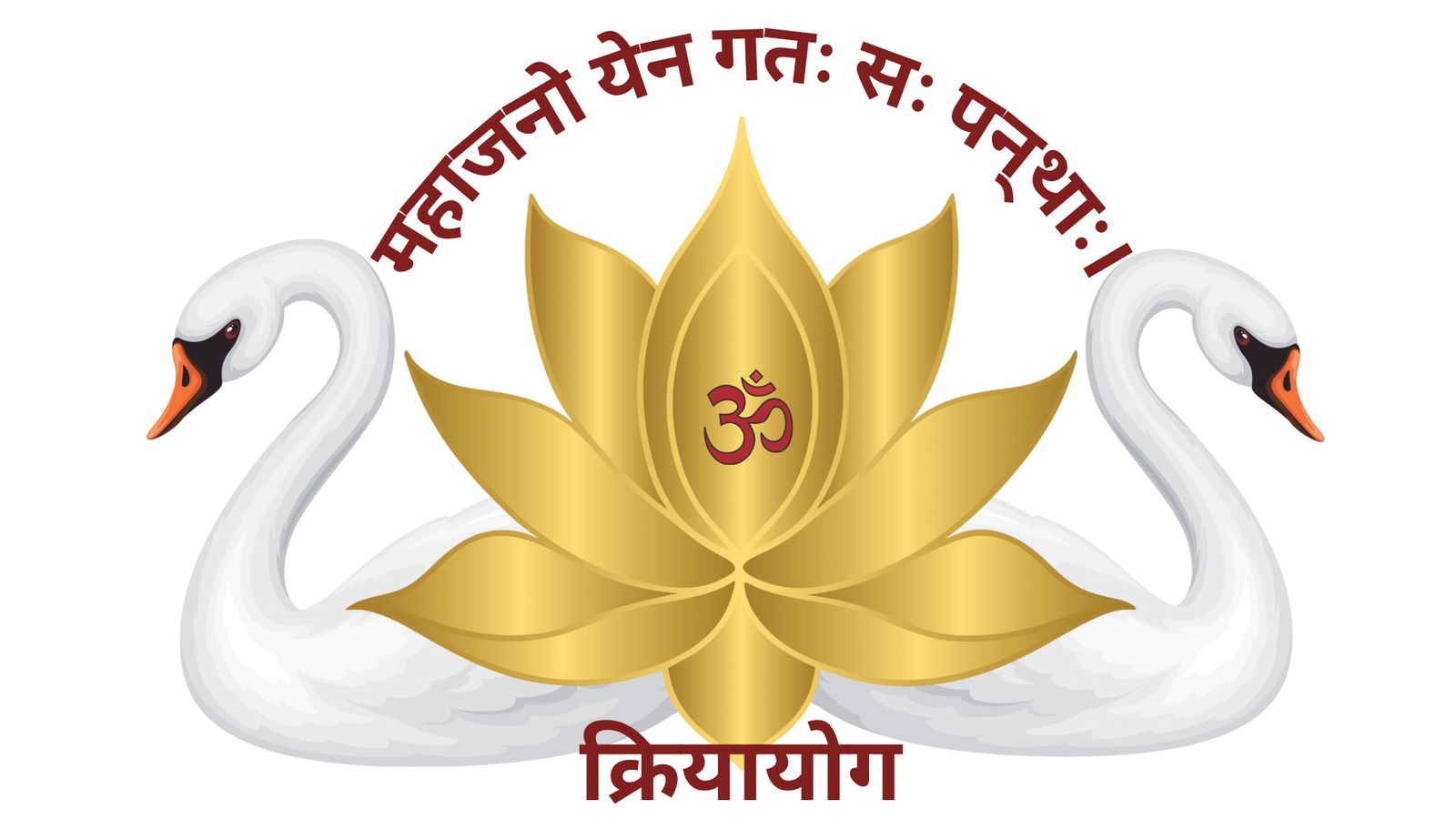

Recent Updates:
Swamijee answers questions on HA(ह) & THA(ठ) relating to Sun & Moon, and on Ida & Pingala Click here to watch
क्या एक क्रियायोग साधक को मन्त्र दीक्षा के आवश्यकता होती है या मन्त्र दीक्षा भी लेना चाहिए? Click here to watch
ଆଶୀର୍ବଚନ, 56 ତମ ଓଡ଼ିଶା ସୋସାଇଟି ଅଫ୍ ଆମେରିକାଜ୍ ସମ୍ମିଳନୀ, 56th OSA Convention, Dallas,TX, USA Click here to watch
Kriyayoga Initiation Talk by Swamijee, 02 August 2025, Frisco (Dallas) TX, USA Click here to watch